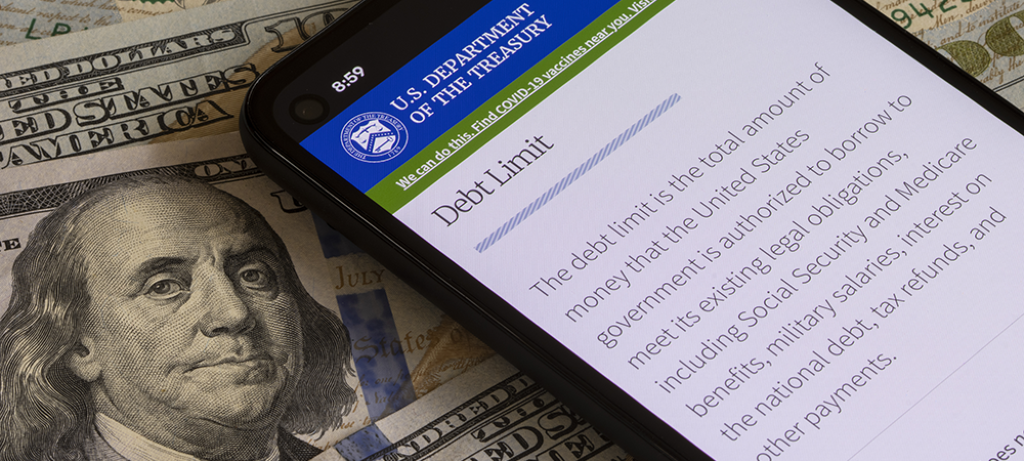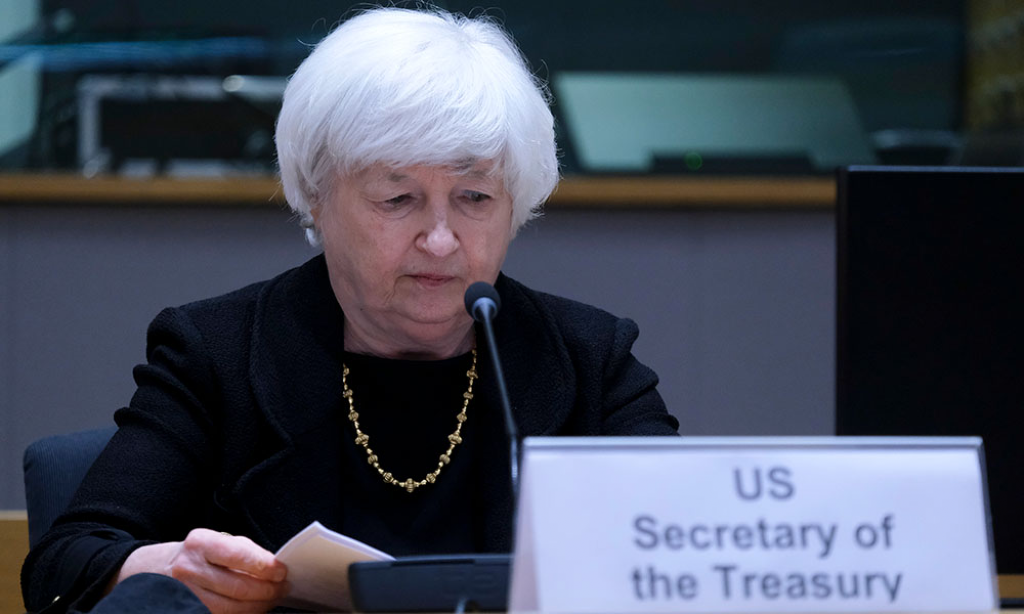How the Debt Ceiling Crisis is Affecting the U.S. Government

- Around October 18, the federal government will reach its monetary limit, and if an amicable solution is not agreed upon before then, it could result in the first-ever federal default.
- There is a standstill between the Republicans and the Democrats in Congress, which has caused them to not yet determine a suitable plan of action for the debt ceiling crisis.
- Congress has two different approaches to resolving this issue: raising the debt ceiling or using reconciliation.
The federal government has been struggling to develop a solution to its public debt crisis. Unfortunately, the Republican and Democratic parties have opposing approaches about how to resolve this significant issue. However, if the government fails to bring about a resolution by around October 18, it could result in a major financial crisis for the United States of America.
Is the United States government running out of money?
According to Treasury Secretary Janet Yellen, the government will approximately reach its limit by October 18, 2021. If this does happen, it will result in a national default, which will hurt the government’s credit rating for years to come.


Image credit: Alexandros Michailidis / Shutterstock.com
Currently, the government has a financial deficit, meaning that they earn less than they spend. As a result, they issue government bonds to the public to have enough money to pay for government programs and salaries.
Government bonds have always been viewed as a safe long-term investment as the government never defaults and always pays back the amount owed. However, the standoff in the chambers of Congress has caused a standstill between the Republicans and the Democrats.
The Democrats proposed a bill to suspend the debt limit, which the Republicans rejected. Due to the constrained time limit, President Biden issued a quote directed to the Republicans, “Just get out of the way and let us pass it.” Time is running out for the United States Congress to determine which method would be best to resolve this potentially damaging financial crisis.
What will happen if the United States government can’t reach a solution?
If a solution is not reached to resolve the issue, it will result in domestic and global financial collapse. The government will struggle to pay back its defaulted payments in full or on time, the living conditions will become more complex, and the stock market will take a deep fall.

What are the possible steps to resolve the debt crisis?
Fortunately, there are two potential solutions to resolving the national debt issue. Those solutions include raising the debt limit or reconciliation.
Increasing the Debt Ceiling
The evident and timely solution is to increase the debt ceiling, which the government has done in the past when closing in on its limit. By raising the debt ceiling, the government has the authority to issue more government debt through its bonds to receive enough money to continue paying for its programs, such as the COVID-19 recovery programs and government employees’ salaries.
Although this solution is the more convenient of the two, with the Republicans not giving their votes to the Democrats, the legislation has not passed, and it could take some time until the debt ceiling is raised. Furthermore, the issue with this solution is that it is a short-term solution to a long-standing problem. As the government does not have the luxury of time, they may have to use reconciliation to ensure that a federal default does not occur.
Using Reconciliation
Reconciliation is a time-consuming budgeting process used by the United States Senate to accelerate the passing of necessary budgetary legislation. Reconciliation uses a series of calculations to help determine how much the debt limit should be increased by allowing the government to receive sufficient money to continue paying for its programs.
However, the Democrats in the Senate are hesitant to vote for reconciliation. For the Democrats who wish to rerun in the next election, voting for reconciliation could backfire if they increase the debt limit by an inaccurate amount. Thus, it has led to the Democrats not wishing to vote on reconciliation.
House Speaker Nancy Pelosi and Majority Leader Chuck Schumer have already expressed their concern regarding the use of reconciliation. In addition, President Biden has called the method of reconciliation to fix the budgetary issues “fraught with all kinds of potential danger for miscalculation.”
What are the next steps for the United States government?
There is not much time left to determine which approach to use to solve this issue. However, with the Republicans being hesitant to give their votes to raise the debt ceiling and the Democrats not voting for the use of reconciliation, the standoff at the last minute is detrimental to the economy.
Some of the members of Congress need to vote for the opposing party’s tactic to initiate the resolution process. The sooner one party receives the majority of the votes, the United States government can take the appropriate action to start resolving the issue.
The federal government is in a difficult position as there has been a lack of urgency with addressing a severe issue that could cause irreversible damage to the economy. However, the problem can be resolved before the approximate October 18 deadline once the parties put their differences aside and start acting bipartisanly.
The U.S. Senate approves a short-term debt-ceiling increase
As of Thursday, October 7, 2021, the U.S. Senate has approved a deal that includes a short-term debt ceiling increase to $480 billion. The decision allows for the United States to be funded through the next couple of months. However, the Treasury Department estimates Senators and Representatives will only have until December 3, 2021, when government funding expires, to come up with a long-term solution.
Head Image Credit: Tada Images - stock.adobe.com
What do you think will be the plan of action in the coming days? Let us know in the comments below.